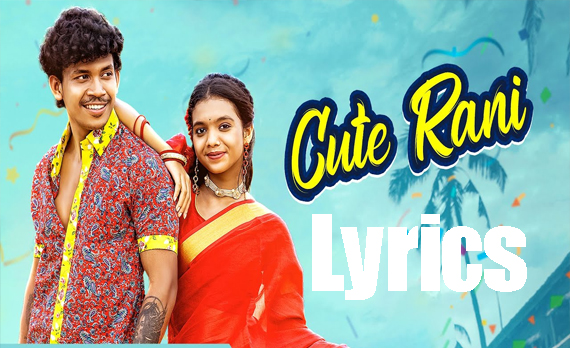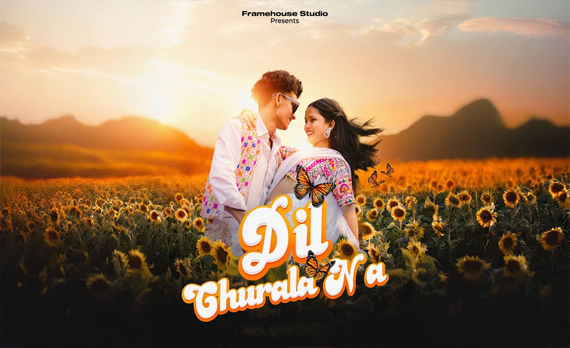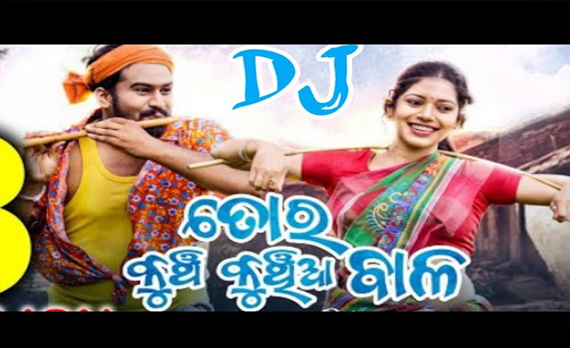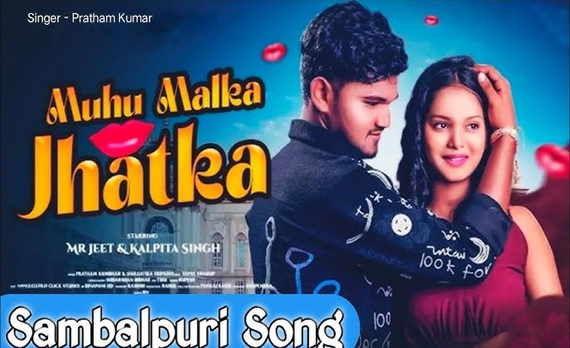
[Intro]
Hey, Gili Gili Ja… Hoye
Gili Gili Ja….Hoye
Takk Dhikk Dhitaang…
[Verse 1]
Laharinani Mui, Laharilata, Tor Laagi Sajei Heli Re
Chaakhi Chahaani, Mor Gaja Mukuta, Maha, Maha, Basi Gali Re (Ae)
Rasa Jamudaali Re
Rasa Jamudaali (Ae Rasa Jamudaali)
Mor Aakhi Nuruchhe, Tate Sangarjuli (Tate Sangarjuli)
Tor Laagi Bandhar, Ghaate Paainri Hajaali
Tor Laagi Lakhe, Tankar Jhoomra Uddaali
[Chorus]
Haan Le Le Le Le Le Le Le
Rasa Jamudaali Haaye, Rasa Jamudaali
Haaye Re, Rasa Jamudaali
Mor Aakhi Nuruchhe, Tate Galarmaali (Tate Galarmaali)
[Post -Choros]
Sargi Daanga , Petre Bhaanga
Bhal Laagsi, Rasia Tui, Dele Sanga
Sargi Daanga, Patre Bhaanga
Bhal Laagsi, Rasia Tui, Dele Sanga
[Verse 2]
Chandar Uddia, Chahaani Chaakhi Mor, Hasita To Soolha Aana
Gote Chaule Gadha, Mui Suna Maina
Baanksinthia, Chaka Beni Thi Mor, Paan Patriya Cheenha
Baje Gudar Paainjhala, Sate Rumku Jhumana
Chaitar Mali Mui, Bhudonialire, Phagunaar Bauli
[Chorus]
Haan Le Le Le Le Le Le Le
Rasa Jamudaali Haaye, Rasa Jamudaali
Haaye Re, Rasa Jamudaali
Mor Aakhi Nuruchhe, Tate Sangarjuli (Tate Sangarjuli)
[post-choros]
Daalkhai Re, Daalkhai Re,
Kuaanari Aakhine, sapana bhari tor
Piratir chehera kare bauri
Tui ta, dhana man basia
Tui ta, dhana man basia
Rasia Rasabhamara, Rasanagar
Mor Man Cheenke, Daalkhai Re (Ae)
[Verse 3]
Mann Chanhela, Mann Paele, Mann Tata Usat Hesi
Tui Mor Kala Bhamara, Mui Ta Surujmukhi
Sapta Pari Anideboore, Pindhitheemi Tor Laagi
Ee Mor Pardesia, Mui Tor Jararmali
[Bridge]
Tor Peeratire, Kajal Makhi Mui
Heli Kala Kajali
[Chorus]
Haan Le Le Le Le Le Le Le
Ae, Rasa Jamudaali Re, Rasa Jamudaali
Haaye Re, Rasa Jamudaali
Mor Aakhi Nuruchhe , Tate Sangarjuli (Tate Sangarjuli)
Haaye Ae, Rasa Jamudaali Re
[Outro]
Rasa Jamudaali Ee
The Rich Tradition of Sambalpuri Folk Songs: A Musical Tapestry of Odisha’s Heart
Sambalpuri folk songs are an integral part of the cultural identity of the western region of Odisha, India. Rooted in the lush landscapes and rural life of the Sambalpur district and its surroundings, these songs reflect the everyday experiences, traditions, and aspirations of the people. With their captivating rhythms, soulful melodies, and vibrant lyrics, Sambalpuri folk songs are more than just a form of entertainment; they are a vital means of communication, storytelling, and community bonding.
Famous Sambalpuri Folk Songs
Some of the most popular and well-loved Sambalpuri folk songs include:
Rangabati: Probably the most famous Sambalpuri folk song, “Rangabati” has crossed regional boundaries and gained national recognition. The song speaks of the beauty of the region and the longing of the singer to return home. Its catchy melody and powerful rhythms have made it a symbol of Odisha’s folk music.
Ahe Nila Saila: This devotional song, inspired by Lord Jagannath, is another cherished piece of Sambalpuri folk music. Its deep connection to the religious and cultural traditions of the region gives it a special place in the hearts of the people.
Nuakhai Juhar: Sung during the Nuakhai festival, this song celebrates the harvest and the agricultural way of life. It is a heartfelt expression of gratitude for the food and the land that sustains the people.
Musical Characteristics and Instruments
The music of Sambalpuri folk songs is characterized by its distinct rhythms and melodic patterns, which are often simple yet emotionally powerful. The primary instruments used in Sambalpuri folk music include:
• Dhol: A large, double-headed drum that is central to the rhythm section of many folk songs. It is played with great vigor and is often accompanied by dancing.
• Tasa: A smaller drum that produces high-pitched sounds, typically played alongside the dhol.
• Bansuri (Flute): A traditional bamboo flute that adds a melodic layer to the music, often lending a haunting and soothing quality to the song.
• Mahuri: A traditional wind instrument, similar to the flute, that is played during folk rituals and celebrations.
• Madal: A hand drum that is used in some of the folk performances and is especially common in tribal music.







